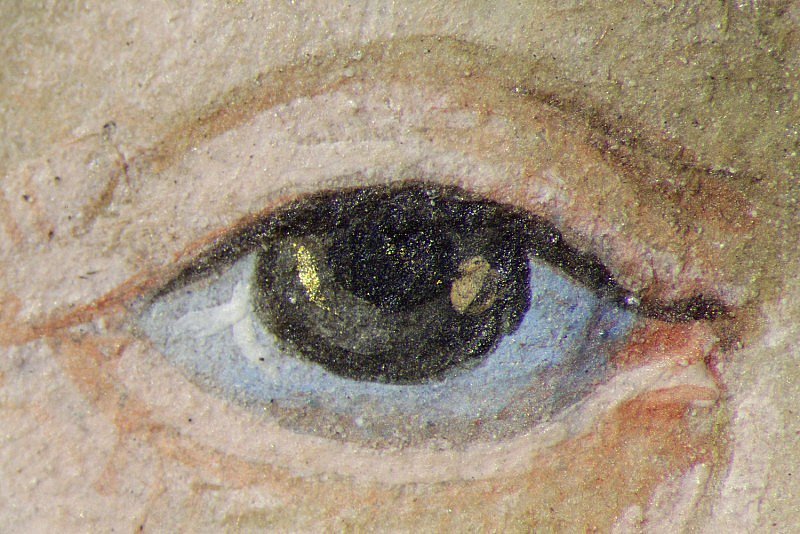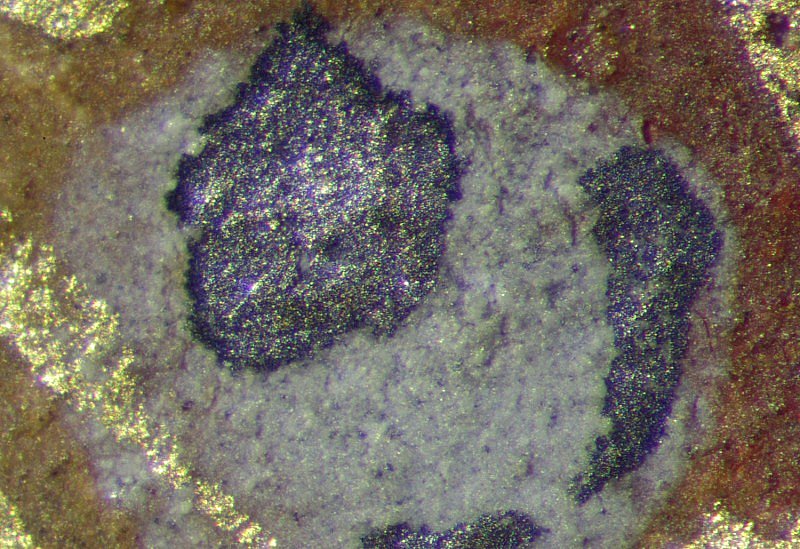Book of Hours
This volume showcases the final and most exuberant phase of manuscript illumination. It represents the highest point in the development of the Book of Hours, the quintessential text for private devotion and a cornerstone of the European book trade by c. 1500.
This Book of Hours combines features typical of manuscripts made for the open market with unique elements designed for the volume’s discerning patron, a Cardinal. Although Books of Hours are often associated with lay women, in fact many were produced for male patrons, both secular and religious. This example demonstrates the crowning achievement of Flemish scribes and artists, the leading suppliers of deluxe manuscripts for local use and for export across Europe. It contains illuminations by two of the most innovative artists of the Northern Renaissance, the Master of the Dresden Prayer Book and the Master of James IV of Scotland.
Learn more about the manuscript by exploring the sections below or selecting folios on the right. Discover further details by choosing any of the folios with the hotspot symbol ![]() .
.
Four main artists collaborated on this manuscript. The Painter of Additional 15677 designed the illustrative programme and completed most of it, assisted by talented associates. The other three main artists – the Master of the Dresden Prayer Book, the Master of James IV of Scotland and the Master of St Michael – made brief, but brilliant guest appearances. The Painter of Additional 15677 and his associates painted the majority of illusionistic borders throughout the volume, perhaps the most delightful parts of the decoration. They are of three main types, the first two representing major inventions of Flemish illuminators during the 1480s. The first type features landscapes, cityscapes and interiors which are among the earliest examples of genre painting. The second type has flowers, plants, insects and birds painted as if scattered across the surface and casting their shadows upon it. The third type presents complex architectural structures popular in Italian, French and Flemish painting and illumination c. 1500.
The manuscript was made for a Cardinal. By the 19th century, it belonged to John Malcolm of Poltalloch (d. 1893) and to Lord Malcolm of Poltalloch (d. 1902). It was purchased by Charles William Dyson Perrins (1864-1958) in 1906 and sold at his London sale (Sotheby’s, 9 December 1958, lot 38). Henry Davis (1897-1977) gave it to the Fitzwilliam Museum in 1975.
The manuscript combines the texts and images characteristic of late medieval Books of Hours with less canonical, but equally popular texts and illustrations found in deluxe commissions. The four large clusters of texts received double openings with a full-page frontispiece facing a large initial surrounded by a full border. Three of the frontispieces are still in the manuscript; the fourth one, originally inserted before fol. 36, has been lost. Painted on single leaves, the frontispieces demonstrate an expedient measure adopted by manuscript professionals by the early 15th century, namely the production of individual images ready for insertion into a volume as and when a client wished to upgrade a standard manuscript into a richly illustrated one. Another deluxe feature is the provision of full historiated borders for all twelve Calendar pages and for many other texts throughout the volume. Large miniatures of Christ, the Virgin and the saints with full borders mark major text divisions. Less important texts open with historiated initials, also surrounded by full borders. Every page has a one-sided strewn-flower panel in its outer border, and a profusion of initials and line fillers with violet-grey acanthus delicately graded in white against russet backgrounds patterned with exquisite shell gold motifs.
The rich palette shared by the four main artists and their assistants includes carbon black, lead white, chalk, vermilion and red lead. Pink hues were obtained with insect-based dyes, which were mixed with azurite to obtain the purple hue visible in the violet-grey initials present on most pages and in selected details on a few folios. In a few cases, however, a purple organic dye was identified. Shell gold was used extensively and shell silver was detected on a few folios. Mosaic gold was used to paint the full architectural borders on fols. 166r, 168v and 180r. Flesh tones contain variable amounts of lead white, chalk, vermilion as well as traces of earth pigments, at times supplemented by indigo or copper-based pigments in the shadows.
No less than four different yellow and orange pigments were identified, as well as four different blues and four greens. Each of the four Masters made specific choices in the use of some of these materials; the technical analysis therefore supports the stylistic attribution of hands and helps characterise each artist’s palette.


Christ as Saviour of the World (prayer Salve sancta facies)
This page was illuminated by the Painter of Additional 15677. Christ’s image is framed within an elaborately carved wooden structure casting shadows on the pink wall behind. It incorporates three-dimensional images of saints and the story of St Veronica painted in shell gold on a monochrome background, simulating a scene carved in relief. The frontispiece to the prayer ‘Hail, holy face’ fuses two popular devotional images – Christ as Saviour of the World (Salvator mundi), blessing and holding a crystal globe, and the Holy Face, Christ’s true image. The latter, not made by human hands, was miraculously imprinted on St Veronica’s cloth (known as the vernicle, sudarium or the Byzantine mandylion), when Christ wiped his face on the way to Golgotha.
Christ’s eyes reflect heavenly light, their glow painted in shell gold on one side, and a mixture of two luminous colours, vermilion and lead-tin yellow type I, on the other (hotspot 1). The globe is a pictorial study of reflection and refraction. Its silver highlights appear bright on the left side, but very dark – as if tarnished – on the right side. This may have been an intentional effect, aimed at conveying the three-dimensionality of this sphere. The dark grey outlines which decorate the grey gems in the medallion (hotspot 2) also contain silver.